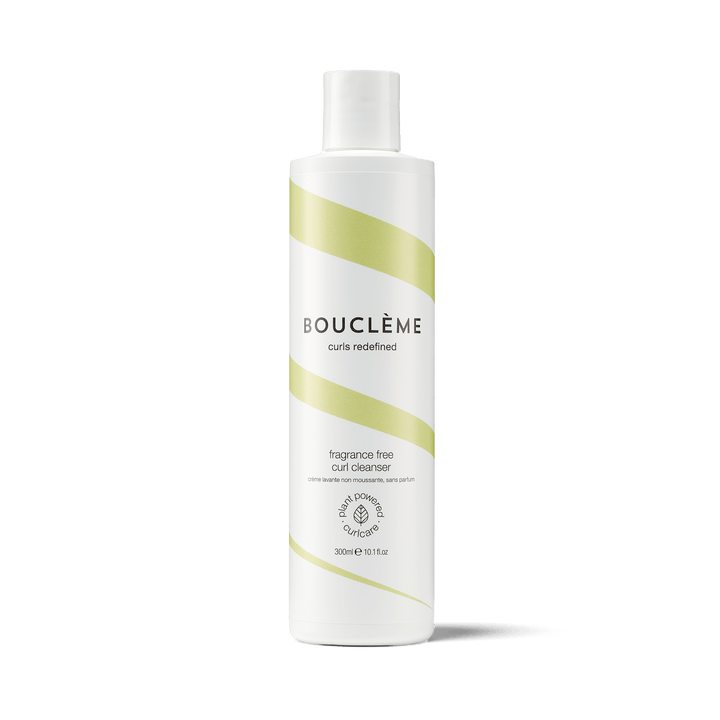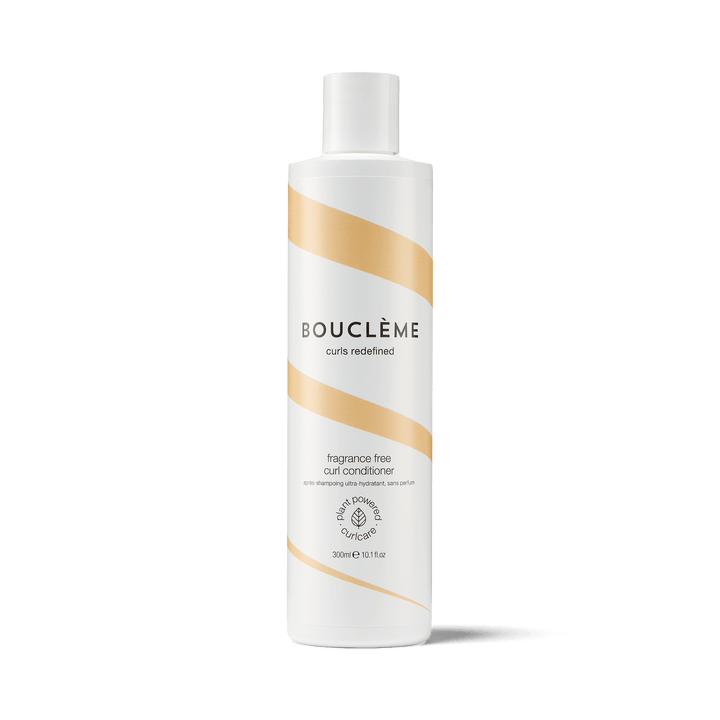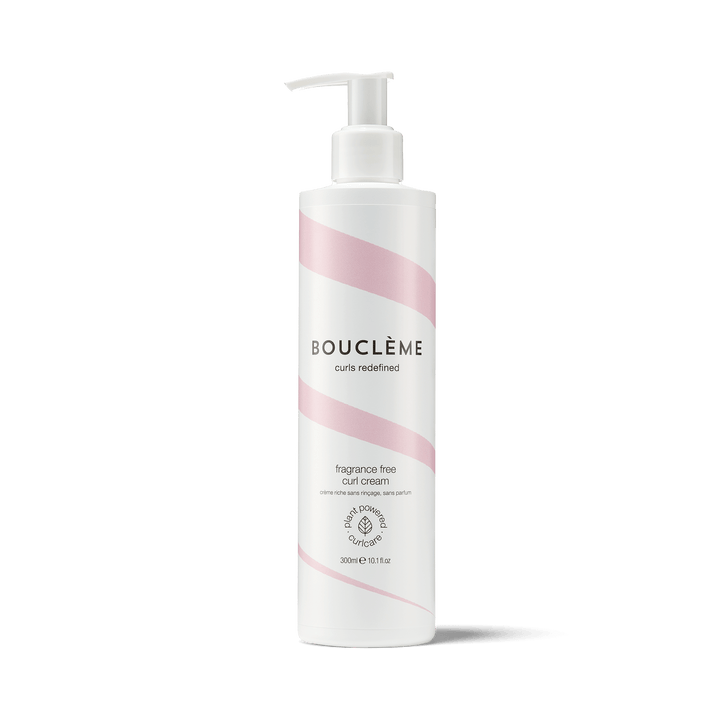Chemotherapy hair loss and regrowth: a journey through breast cancer
The physical significance of our hair is often underestimated. It’s the thread that connects us to our identity, affecting our morale, confidence and quality of life. When it looks good, we feel good. So what happens when you lose your hair?
One of the most common treatments for breast cancer is chemotherapy, and a well-known side effect of chemotherapy is hair loss.
Here, we’ll take a journey through chemotherapy hair loss and regrowth, addressing common questions and concerns along the way. We’re also highlighting Breast Cancer Awareness Month 2023, a time to focus on the importance of early detection and support for those affected by this disease.
What causes hair loss in people with cancer?
Hair loss during cancer treatment, including chemotherapy, is a side effect that many people experience. Hair loss from chemotherapy happens because anti-cancer drugs target rapidly dividing cells, but they can also target normal cells in our body. This unfortunately affects hair follicles.
Not all chemotherapy drugs cause hair loss, and the extent of hair loss can vary from person to person.
Chemotherapy hair loss timeline
The timeline of chemotherapy hair loss can vary from person to person. It depends on several factors, such as the specific chemotherapy drugs used, the dosage, and individual differences in how the body responds to treatment. However, there is a general pattern many people experience. Here’s a typical chemotherapy hair loss timeline:
1. Preparing for hair loss
It’s essential to mentally and emotionally prepare for hair loss. Some people choose to cut their hair short or shave their heads, which can help regain a sense of control over the situation.
Fortunately, the stigma of chemotherapy hair loss is long gone. However, many people find losing their hair very upsetting and emotional support from family and friends is paramount.
2. Within the first few weeks
Hair loss typically begins within the first few weeks after starting chemotherapy. This timing may vary depending on the specific chemotherapy drugs used, so be prepared for it to happen at any time during treatment.
3. Gradual thinning
At first, you may notice gradual thinning of your hair. It might become less dense, and you may see more hair in your brush or on your pillow.
4. Increased hair loss
As chemotherapy treatment progresses, the hair loss tends to become more noticeable. You might find clumps of hair falling out during daily activities, such as showering, brushing your hair or even just running your fingers through it.
5. Complete hair loss
For many people, complete hair loss occurs during the treatment course. This means losing all the hair on your scalp, including eyebrows, eyelashes, nasal hair and pubic hair. The timeline for this stage varies, but it often occurs within a few weeks to a couple of months after starting treatment.
6. Preventing hair loss
There’s no guaranteed way to prevent hair loss during chemotherapy, but using a cold cap before, during and after treatment may help reduce hair loss by cooling the scalp. This reduces blood flow to hair follicles, protecting them from receiving too many drugs.
Cold caps can be very uncomfortable – like a constant brain freeze – but for some, it’s worth it to keep most of their hair.
7. Dealing with hair loss
If your hair starts to fall out, don’t be scared to brush it gently. By not brushing you encourage the falling hairs to mat together, which becomes nearly impossible to tease out. Try our Detangling Wet Brush or Wide Tooth Comb to effortlessly detangle fragile locks.
Wash hair less frequently, don’t rub in circular motions as that can knot it further and don’t flip hair upside down to dry it.
If your hair is coarse and dry during treatment, use a lightweight conditioner.
8. Hair growth after chemotherapy
The good news is that, in most cases, hair begins to regrow after chemotherapy. The timeline for regrowth can differ from person to person. Some experience initial regrowth within a few weeks to a couple of months after completing treatment, while for others, it may take longer.
9. Post-treatment: what helps hair growth?
Several factors can influence hair regrowth. A healthy diet, stress management and patience are key. Consult with your healthcare team for specific advice on promoting regrowth.
Does radiotherapy cause hair loss?
Radiotherapy, a common treatment for breast cancer, can cause hair loss in the specific area being treated. For example, if you receive radiotherapy on your chest, you may lose hair in that region.
Will my hair grow back after radiotherapy?
Radiotherapy hair loss is usually localised to the treatment area, and hair typically grows back once the treatment is completed. The timeline for regrowth may vary.
What are ‘chemo curls’?
The texture and colour of your regrown hair often differs from your pre-treatment hair. Some individuals may experience what is commonly known as ‘chemo curls’ – a change in hair texture to a curlier or wavier pattern.
This transformation in hair type is one of the unexpected side effects of chemotherapy and can be a surprising outcome for those undergoing cancer treatment.
Here’s all you need to know about your newfound curls.
Hair regrowth
After completing chemotherapy treatment, the body gradually begins to recover and regenerate hair follicles. When hair starts to grow back, it often does so in a different way than before. This regrowth phase can lead to changes in hair texture, such as the development of curls or waves in previously straight hair.
Factors influencing chemo curls
The exact reason why some people experience chemo curls while others don’t is not fully understood. It may be influenced by genetics, the specific chemotherapy drugs used, and individual variations in how the hair follicles respond to treatment.
Temporary transformation
Chemo curls are typically a temporary change in hair texture. As the body fully recovers from chemotherapy and the hair follicles return to their normal functioning, the hair may gradually return to its original texture. This process can take several months to a year or more, and in some cases, hair may not return to its exact pre-treatment texture.
Managing chemo curls
If you develop chemo curls, it can be an adjustment to care for this new hair type. Using moisturising and curl-enhancing products designed for curly hair can help manage and maintain the new texture. Here are some tips on looking after your new curls.
Adjust your haircare routine
The scalp may be a little bit more sensitive to begin with, so use gentle fragrance-free hair products and avoid excessive heat styling to protect your new curls.
Embrace the change
While experiencing chemo curls can be an unexpected aspect of the cancer journey, many individuals embrace this change as a symbol of their strength and resilience. It can also serve as a reminder of the challenges they have overcome during their cancer treatment.
We spoke to Gem, a breast cancer survivor and Bouclème convert, to find out more about her chemotherapy hair loss journey.
‘Hi, I’m Gem, I’m 39, and two years ago I was diagnosed with stage 3 breast cancer.

When I first found out that my treatment plan was going to include chemo, my immediate thoughts were around hair loss. Wondering if I would lose my hair, how quickly I would lose it, wondering if I would wear wigs or headscarves. Most of my adult life I’ve always had hair way past my shoulders – it’s been every colour but it’s always been consistently long.
The first thing I did was go to my hairdresser and I had my hair chopped off to about bob length. Absolutely loved it. Ironically I used to curl my hair after having pretty straight hair all of my life.
And then I started chemo. Exactly two weeks after my first chemo session, I noticed my hair was starting to fall out. By day three of the shedding, I had lost about 50% of my hair so I made the decision to shave it all off, taking back a bit of the control that cancer had taken away from me.
It was quite a moving experience as my little girl, Lily, who was eight at the time, actually shaved my hair off for me under the watchful eye of my hairdresser. And it was such an amazing experience to go through with her.
Once I had shaved all my hair, I actually really embraced the shaved head look and by the end of it I had lost all of my hair, my eyebrows and my eyelashes, but I was quite lucky because my hair started growing back within a month of finishing chemo.
Within a couple of months I was stealing my partner’s hair styling products to try and put a little bit of something into it, otherwise it looked quite flat.
Then a few months after that, I noticed my hair was definitely different from how it was pre-chemo. The texture was different, the colour was definitely different, but also it had a curl to it.
As it grew more and more, the curls became more and more prominent. As someone who has never had curly hair, I had no idea how to style it or what products to use. It was very much a journey of learning to love the curls.
So eventually I decided to go and get it coloured. Once I had a colour that I loved, I decided it was time to try and embrace the natural curls. So I started using different products, trying to see what suited my hair, what gave me the finish that I wanted.
I worked my way through a lot of different brands and just couldn't find anything that really gave me that finish that I wanted. It was either too dry and frizzy, or it was too wet and crispy looking.
And then I discovered Bouclème. I’ve been using their products now for a couple of weeks. The Hydrating Hair Cleanser makes my hair feel really clean, and I absolutely love the Curl Conditioner which leaves my hair feeling in such good condition. The softness is there without any frizz. And finally the Super Volumising Foam, which leaves me with well-defined curls without any frizz.
I’m so happy I now have curls that I’m not fighting against. Previously it was always a case of scraping it back, playing with it, messing with it constantly because the curls weren’t right.
But I’ve now reached a point where chemo curls are definitely a positive. I think back to what I was doing at the start of my journey when I went for that bob and was curling my hair everyday – now I don’t need to. I have the natural curls that I like and that’s all thanks to Bouclème.’
How to check for breast cancer
As we delve into the complexities of chemotherapy-induced hair loss, it's important to remember the primary goal of Breast Cancer Awareness Month: raising awareness about the disease, encouraging early detection and providing support to those affected by breast cancer.
Regular breast self-exams, clinical breast exams and mammograms are vital for early detection. If you notice any changes in your breasts, consult a healthcare professional as soon as you can.
The journey through breast cancer, including chemotherapy-induced hair loss and regrowth, can be challenging, but it’s one filled with strength, resilience and hope.
Remember that hair loss is just one part of the process and your hair will likely grow back. During Breast Cancer Awareness Month and beyond, let’s continue to raise awareness and support those on this journey.













